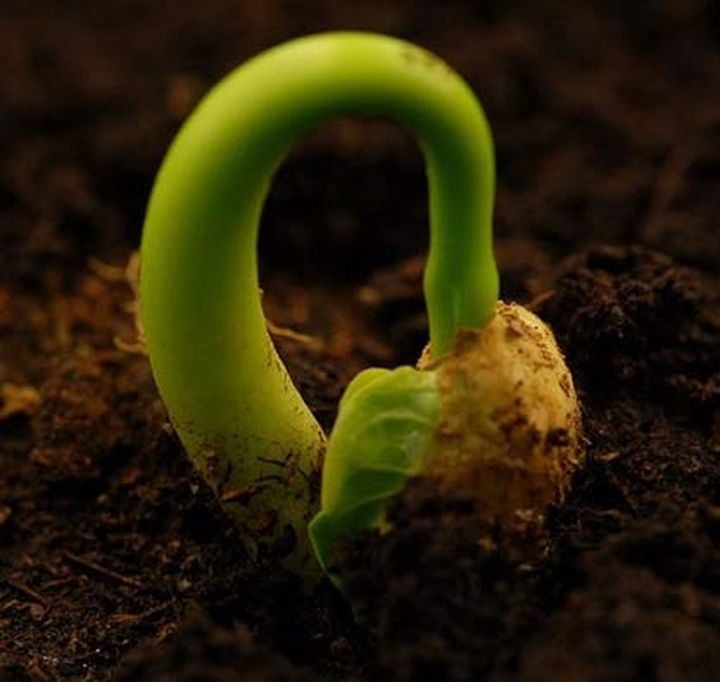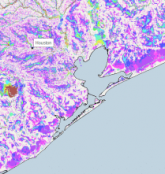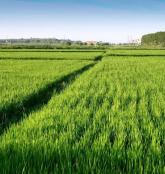Two significant reports into global patterns in agricultural research and development (R&D) spending have recently been published. Agricultural research is critical for greater productivity, efficiency, and poverty reduction. Rapidly growing countries with large farming populations such as China and India have paved the way in implementing agricultural insurance schemes and are investing heavily in agricultural R&D.

In its latest report on the landscape of agricultural research and development in India, the International Food Policy Research Institute (IFPRI) finds that India has one of the best-staffed agricultural research and development systems in the world. The IFPRI provides a global database of agricultural research investment through its Agricultural Science and Technology Indicators (ASTI) programme. This report published in August reveals that agricultural research spending in India has significantly increased from US $616 million in 2000 to $1.06 billion in 2014 (at constant 2011 US Dollar value), ensuring that research keeps pace with inflation and the growth in GDP.
As a percentage of GDP generated by agriculture, India spends 0.3% of its “AgGDP” on agricultural research, which represents a much higher share than neighboring Pakistan (0.18%), but only half the share invested by China (0.62%). It is also considerably less than the 1.8% spent by Brazil. However, in terms of researchers, India employs more than double the number of researchers as Brazil does, with 12,750 people employed in this sector (excluding the private research industry), compared to 5,800 in Brazil. Given the very different populations and structure of the farming industry, this represents a ratio of only 4.6 per 100,000 farmers in India, compared to 57 per 100,000 in Brazil.
Another analysis recently published in the journal Nature in September 2016, based on a data series maintained by the University of Minnesota International Science and Technology Practice and Policy (InSTePP) Center in St. Paul, shows that for the first time in modern history, middle-income countries are investing more in public-sector agricultural research and development than high-income ones. They also note a significant increase in the role of private-sector agricultural R&D in comparison to government funded agricultural R&D. For middle-income countries, the private proportion of domestic spending was 37 percent in 2011 compared to 19 percent in 1980. They particularly highlight China, where more than $6 billion, or around 57 percent of the country’s entire domestic agricultural R&D spending, came from the private sector in 2011.
The Nature study highlights that while middle-countries’ investment on agricultural R&D has increased significantly, in low-income countries it remains relatively static, and that on a per capita basis, investment by low-income countries has shrunk considerably – particularly for nations in South Asia and Sub-Saharan Africa. They note that without efforts to improve the global spread and adaptation of locally relevant technologies, it is likely to get much harder for poor farmers to feed themselves, let alone their nations’ increasingly urbanized populations.








